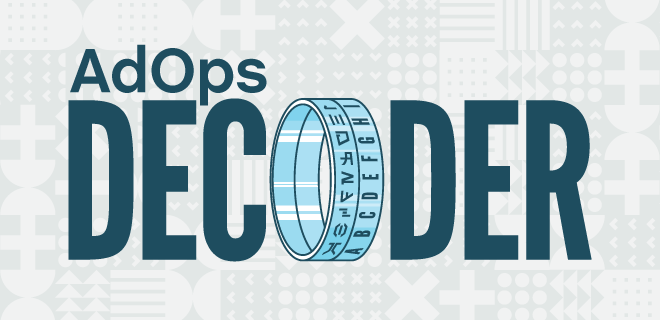
The proliferation of low-quality, Made For Advertising (MFA) sites threatens digital advertising’s integrity. To combat this, the industry must adhere to standards set by the Media Rating Council (MRC) and the Trustworthy Accountability Group (TAG). These certifications ensure transparency and trust, paving the way for a more reliable and sustainable ad ecosystem.
The proliferation of low-quality, Made for Advertising (MFA) sites has been one of digital advertising’s biggest talking points over the past 12 months. It recently rose to the top of the agenda when Forbes — one of the world’s most respected publications — was accused of running ads on a secret subdomain.
The rise of MFA does bring up an old question: at what point will the industry stamp out these bad behaviors?
For the sake of a sustainable ad ecosystem, this clean-up needs to happen sooner rather than later. While change will come from multiple directions, a real driving force will result from all industry contributors adhering to and enforcing the guardrails. Specifically, those standards set by the Media Rating Council (MRC) and the Trustworthy Accountability Group (TAG), ensure digital advertising practices remain above board.
The certifications and accreditations awarded by these organizations are not easily secured. Indeed, being independently audited by some of the highest authorities around, they provide concrete assurances about quality, care, and trust. If the industry can unite and back these initiatives to the hilt, it can focus on its most important task: delivering game-changing ads to consumers.
Setting the Standard
Founded in the 1960s as the Broadcast Rating Council, the MRC audits and accredits media measurement and data products across the entirety of the media space. It grants accreditation to those who, based on an independent audit, meet its set standards and guidelines around measurement. Notably, accredited services are reaudited every year to ensure standards are maintained.
Receiving MRC accreditation is a costly and lengthy process, and requires a significant allocation of resources. This is a testament to a business’s commitment to promoting trust and transparency internally and externally.
Meanwhile, TAG focuses on ad fraud, brand safety, transparency, and malware. The cost of TAG may be less than that needed for MRC, but certifications are still awarded based on an auditing process. Compulsory independent audits are specifically carried out for brand safety and ad fraud, but compliance with TAG’s other programs defaults to self-attested, although you can choose to be externally evaluated. If the industry is to clean up its act, having compulsory third-party reviews apply to all TAG’s programs would be beneficial.
In addition, the industry and bodies should continue to set new standards that address the evolving challenges and opportunities facing the industry. This includes signal loss, which the MRC recently issued guidance on, emerging types of fraud, such as low-quality MFA sites, as well as growing technologies, like artificial intelligence (AI). Moreover, if the associated costs of these processes can be kept down, so as not to be prohibitive, more businesses would feel empowered to be accredited.
Creating a Cleaner Industry
These genuine indicators around the reliability of players within the digital advertising ecosystem are one of the first things brands should review when exploring partnerships. Moreover, with AI and increasingly sophisticated AI-driven scams and schemes, having safeguards in place ensures that these instances of non-compliance and bad practices are the exception.
Because of this, brands should see these certifications and accreditations as an essential hygiene factor when choosing partners. They should also pressure their existing partners to meet these levels of quality and care and threaten to seek more reliable and trustworthy partners if these standards aren’t met. Transparency should be the bare minimum that any advertiser expects from their partners.
By the same token, it’s up to legitimate vendors to evangelize for these certifications and accreditations, or the industry will never be able to leave behind its past and move toward a more sustainable, trustworthy, and profitable future.
Creating this trust can only be beneficial for the industry. It will lead to stronger partnerships between advertisers and vendors, more effective use of ad spend, and a better quality digital advertising ecosystem overall. This is especially pertinent for the Open Web, as without action advertisers will only be increasingly drawn toward spending in the relatively safe confines of the walled gardens.
Digital advertising’s next chapter should be one built on quality, care, trust, and transparency, and the standards set by not-for-profit organizations should be placed at the center of the story’s continuation. Advertisers need to create an environment where they only work with partners who are adhering to these standards, forcing the hands of vendors to fix up or lose out on business. It’s going to require every stakeholder to begin putting more emphasis on the importance of living up to certain standards.